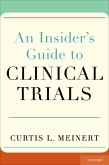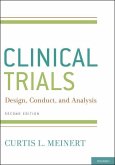
Gebundenes Buch
Design, Conduct and Analysis
2nd edition
27. März 2012
Hurst & Co.
| eBook, PDF | 103,95 € |
Ähnliche Artikel


Gebundenes Buch
7. Januar 2013
Cambridge University Press
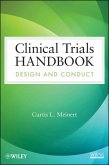
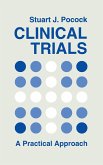

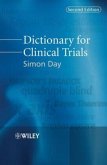
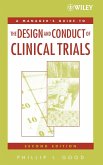
Gebundenes Buch
2. Aufl.
1. April 2006
Wiley & Sons
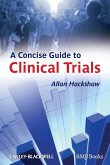
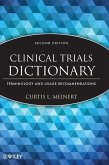
Gebundenes Buch
Terminology and Usage Recommendations
2. Aufl.
28. August 2012
Wiley & Sons

Broschiertes Buch
1. Auflage
2. Juli 2004
Wiley & Sons
Ähnlichkeitssuche: Fact®Finder von OMIKRON

